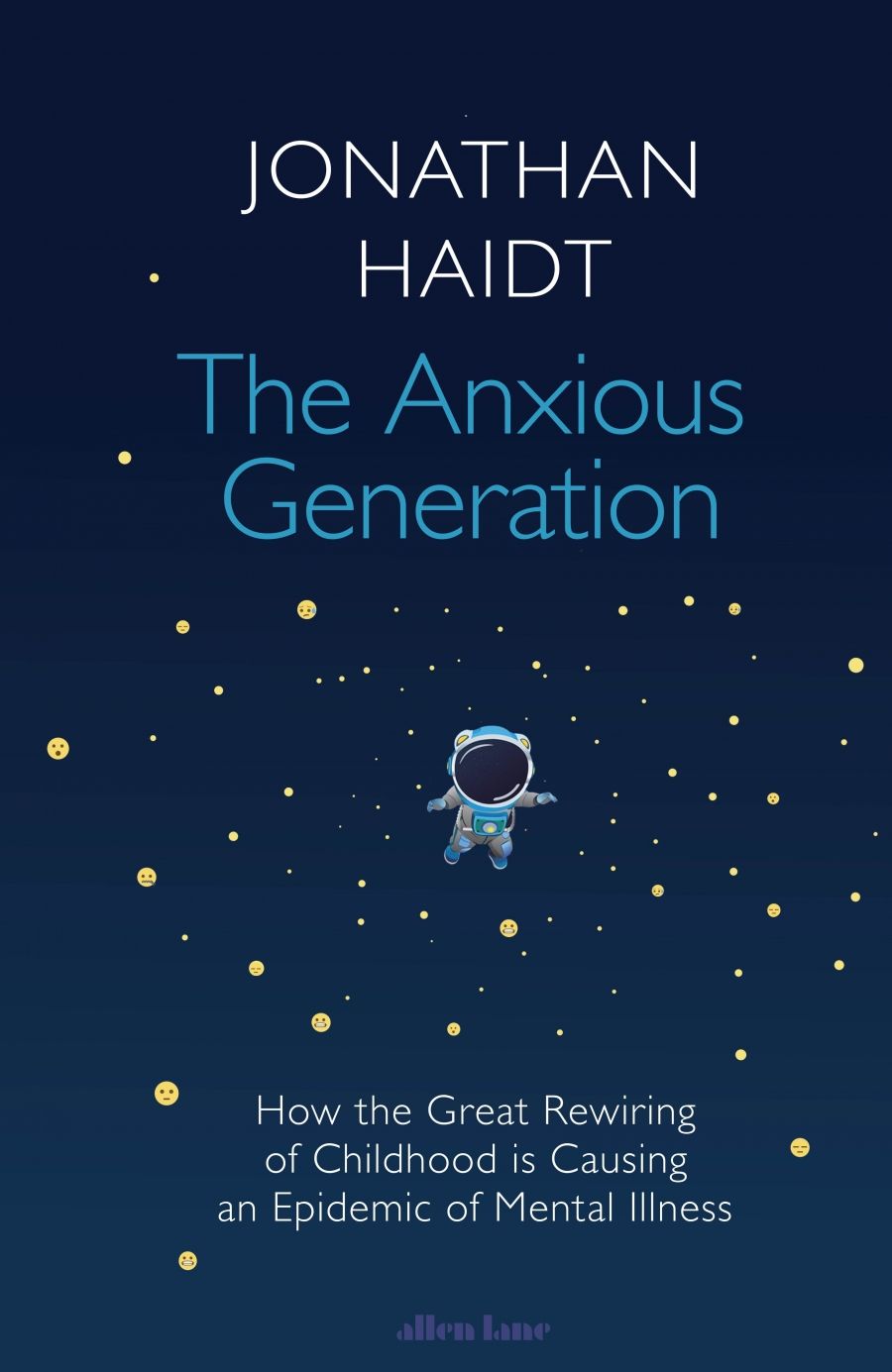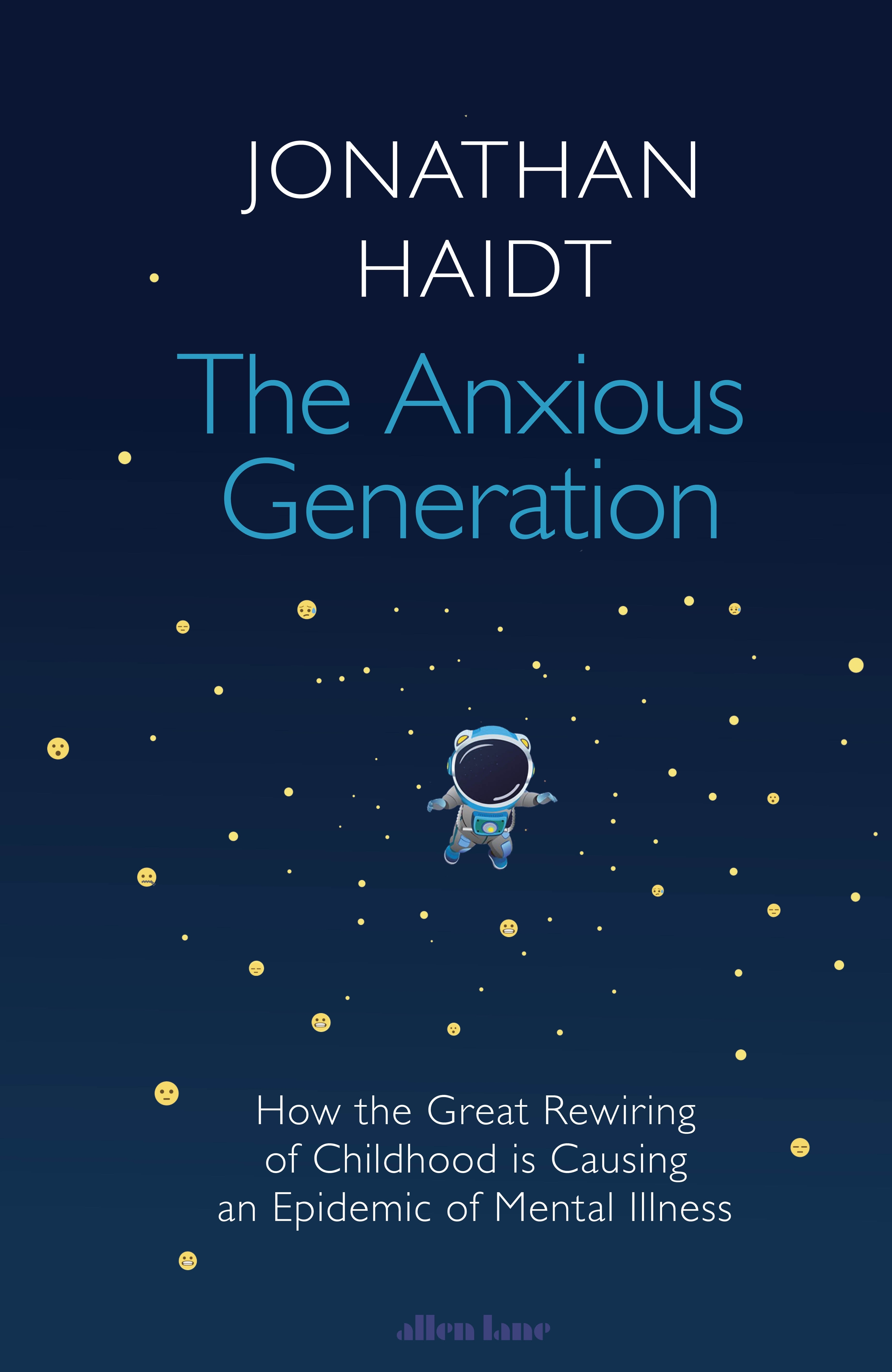
- Free Article: No
- Contents Category: Non-fiction
- Review Article: Yes
- Article Title: Alea iacta est?
- Article Subtitle: A call to reclaim play-based childhood
- Online Only: Yes
- Custom Highlight Text:
Finally, after a fortnight of soggy Sydney days a crystalline morning dawned. Our extension roof and back gutter were full of humus from the overhanging branches of our neighbour’s Lilly Pilly. No more putting it off, I decided. Time to get out there before the rain returned. For the first time, my seven-year-old joined me on the job. He enthusiastically cleaned the skylight, chucked decaying leaves and flowers onto the deck below, and held branches while I sawed and pruned. When our cheap secateurs broke, he walked the 500 metres alone to the hardware store and back to buy new ones – twice, because he didn’t have enough cash the first time. As he returned with the new tool clutched in one hand and a bag of lollies in the other, his face glowed with quiet triumph. It was, he said to my wife the next morning on the way to school, the highlight of his weekend.
- Book 1 Title: The Anxious Generation
- Book 1 Subtitle: How the great rewiring of childhood is causing an epidemic of mental illness
- Book 1 Biblio: Allen Lane, $36.99 pb, 400 pp
- Book 1 Cover Small (400 x 600):

- Book 1 Cover (800 x 1200):

Haidt is a public intellectual with a knack for catching the Zeitgeist. I first became aware of Haidt’s subtle but extensive impact when I read The Righteous Mind (2012). Written in the contemporary style of popular works on behavioural economics, it explores the ‘groupishness’ of human moral psychology. In subsequent years, The Righteous Mind provided an anchor to disoriented thinkers grappling with the twin shocks of Brexit and Donald Trump’s election. It shaped publications such as David Goodheart’s The Road to Somewhere (2017), with its influential framework of opposing tribes of ‘anywheres’ and ‘somewheres’. With The Anxious Generation Haidt is intent on reaching a broader audience.
The central argument can be summarised easily. An increasing focus on physical safety and intensive parenting in the 1980s and 1990s led to children becoming sequestered and surveilled within private spaces. They were then unleashed, without guardrails, into a dangerous and unregulated online world. Children have been over-protected in the physical world and under-protected in the online world, and in the process the ‘play-based childhood’ that humans grew up with over millennia has been displaced by a ‘phone-based childhood’. This is wreaking havoc on children’s mental health.
Haidt explicitly builds on the social psychologist Jean Twenge’s ground-breaking work, which has shown that ‘what causes generations to differ goes beyond the events children experience … and includes changes in technologies they use as children’. For Generation Z, these are the smartphone and social media.
The Anxious Generation is structured in four parts. It begins by laying out the ‘tidal wave of adolescent mental illness’ that began around 2010-15 as the social lives of teenagers (especially girls) moved onto smartphones and social media. During this period adolescent rates of depression, anxiety, emergency admissions for self-harming, and suicide soared in the United States and comparable countries. Just for example, suicide rates for American girls aged ten to fourteen rose by 167 per cent between 2010 and 2020. Pause here and think about a ten-year-old you know. It’s shocking.
During this same period, Facebook introduced the ‘like’ reaction, Twitter the retweet function. Apple introduced the forward-facing camera on the iPhone 4. The correlation with these innovations is tight, but that doesn’t imply causality. Haidt, aware of this, explores potentially confounding factors (political climate, economic outlook) sometimes suggested as explanations, and they are not compelling. If Haidt, Twenge, and others are wrong about causality, this crisis is a troubling mystery.
Worryingly, the data series presented by Haidt all end by 2020, even before our collective response to Covid-19 closed schools and playgrounds, made in-person interaction even more restricted, and compelled us to spend even more time online.
Haidt then explores the decline of the play-based childhood and why this is important to the story. He outlines what is lost when children enjoy fewer opportunities for in-person, synchronous, risky play and interaction, which is critical to their development. This turn inwards was followed by what he terms ‘The Great Rewiring’ or the rise of the phone-based childhood and how it has affected girls and boys differently. For girls, social media is the clear driver of the rapid deterioration in mental health.
The story is more nuanced when it comes to boys. Although we see similar patterns in their mental health indicators, boys start from a lower base. Boys are spending less time on social media and more time on online gaming and pornography. Over a longer period, boys have experienced declining levels of educational attainment and a loss of purpose as male social roles have changed. Richard Reeves from the Brookings Institution has explored this in detail in Of Boys and Men: Why the modern male is struggling, why it matters, and what to do about it (2022).
Reading Haidt and Reeves together, I was struck by the fact that girls are doing better according to many measures of educational and economic attainment while experiencing higher rates of mental illness. As a Millennial parent with my work intimately connected to devices, this paradox resonates. Is anxiety perversely connected to success in our digital future, before we even bring AI into the picture? And can we do anything about that?
For girls and boys, the great opportunity cost of phone-based activities is the play-based childhood. So the final section in The Anxious Generation is a call to collective action, with practical steps that governments and tech companies, schools, and families can adopt. Age verification for social media accounts, phone-free schools, and more ‘free-range parenting’ are the core ideas.
Haidt is a master of the compelling metaphor. In anticipation of the counter-argument that it is impractical to turn back from technology because of its economic importance, he deploys the metaphor of a plane being recalled to the gate to address a safety issue. We can, and regularly do, take steps to make technology safer without doing away with it altogether.
I think this hopeful, practical outlook is why The Anxious Generation is having such an impact. We don’t want our children to live like this. No one wants to live like this.
The Anxious Generation is catalysing a very broad discussion. My grandmother-in-law has sent me Haidt’s suggestions for ‘more (and better) experience in the real world’, clipped from a newspaper. Zoë Foster-Blake, and many other influencers, have posted on Instagram about 36months.com.au, a local campaign to raise the minimum age of social media sign-up from thirteen to sixteen. Joe Rogan interviewed Haidt for two hours about this book on his podcast (Joe Rogan Experience), and Ezra Klein from The New York Times has discussed the teen mental health crisis with Twenge, Haidt’s co-founder of Letgrow.org, which aims to, ‘make childhood independence easy, normal and legal’.
That feels like something we can all get behind.


Comments powered by CComment